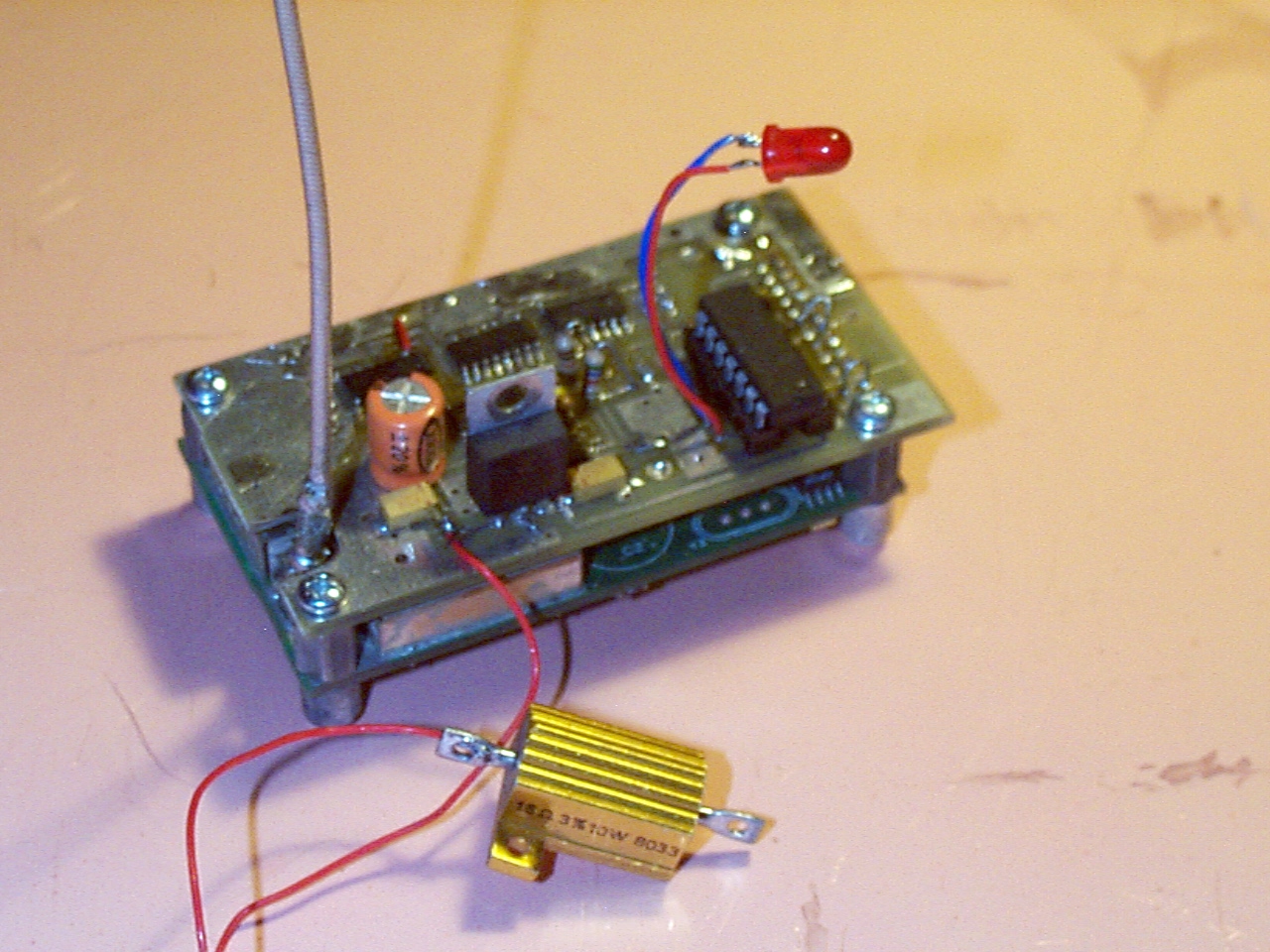
Just an easy page to link some files to.
This is for disciplining a 10 MHz oscillator from the Jupiter GPS
receiver 10 KHz. The goal was a compact unit the Jupiter plugs
into. No interface or initialization is required, the 10 KHz input is a
board trace and the EFC and 10 MHz need to connected to the 10 MHz
oscillator of your choice. The Jupiter is strapped to come up in NMEA
mode, and time to lock has been faster than the oven of the oscillator,
so I just let it find itself. Typically it has been less than 2 minutes
to acquire lock and within 5 minutes the frequency is stable enough for
use on 24 GHz.
The circuit was copied from the work by Joe (Pyrojoseph) KI4NPV.
Additional provision is made for a lock indicator (16F688) copied from Bob, WA6VHS, and a connector to
bring out all the pins of the '688 for driving an LCD display.
There is also provision for "ICSP" on the '688 connector, in which case
no socket would be needed for the '688. Conversely, if the '688 is
socketed it can be programmed in your favorite programmer. Provision is
made for an LED lock indicator which might be redundant if you use an
LCD readout, or the '688 and attendant LCD connector and LED can be
omitted entirely.
The layout is all done in ExpressPCB files and the boards were ordered
there.
Schematic
Board
The prototype did not have any additional
features, just a lock indicator, but the boards included a PIC keyer
and a 3 device MAR/ERA amp strip to fill in the empty board
space. The schematic has a second page with the keyer
schematic. The
source code for the keyer.
The keyer was an after thought, but has turned
out to be a really useful item. It can send multiple selectable
messages and has the ability to synch with the 1 PPS from the Jupiter
to allow timed intervals to mesh with the DSP-10 "beacon" operation, or
any other timed sequences that might be useful.. There is a latest board version that makes all the PIC pins
available. It will need to be "cut and pasted" to the GPS board order,
or could be its own order. The keyer uses its own internal 4 MHz clock
and can be independent of the Jupiter. The 1 PPS is not a requirement
for operation.
The source code is well commented and serves as a useful start for
working with the 16F630. If you have some experience with the 16F84A,
this will seem a little foreign, but isn't too difficult. A quick look
through the code should reveal how to change calls, grids etc.
I am in this for my own use. Once the source of Jupiters has dried up
there won't be much call for this.
I am using one of these on a 24 GHz portable (loaner ??) and
performance is quite good. This makes a really cool unit with an IC402
and the GPS all mounted together with a 12" dish. It is self contained
and only needs 12 volts to put it on the air.
Email
back to index page